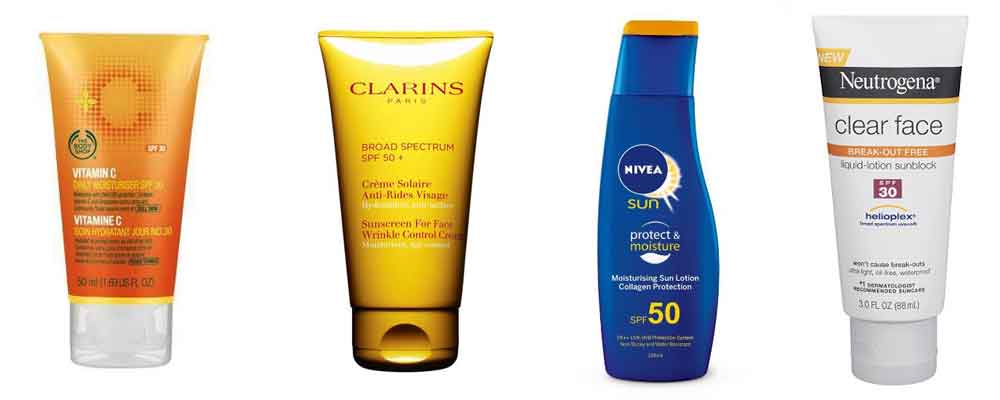Jul 19 2016.
views 520If you want beautiful, flawless skin, don't question it, just use it!
Of all the topicals – that is, products applied to the skin – SPF is the most important as it helps to protect against UV damage (AKA: pigmentation) and further ageing of the skin, especially on the face.
Look, we're all bad at applying sunscreen. I've never met anyone who wears sunblock every day as needed. But just think about it. Why fork out on “miracle” cures if sunblock is your very best line of defence against dark spots, uneven skin tone, and the signs of ageing?

The difference between SPF 15, 30, and 50 is quite small; they block out 93, 97, and 98 percent of UVB light, respectively. The length of protection offered by different factors depends on how quickly your own skin burns.
As someone who is relatively dark my skin, strangely, burns quite fast especially on my nose! As a general rule if you burn fast an SPF 30 should last 90 minutes and an SPF 50 should last 150 minutes. A good thing to know is that layering your SPF won’t give you higher protection, for example if your moisturiser contains an SPF 15 and you put an SPF 30 sunblock on top it won’t give you an SPF 45 your level of protection will still only amount to SPF 30.
Most dermatologists recommend SPF 30 for everyday use and SPF 50+ for outdoor activities. Your sunscreen should block out a good chunk of UVA rays. UVA doesn’t cause sunburn, but it really leads to darkening and aging, because it penetrates deeper into the skin and has more influence in the collagen. There’s only one way to tell whether your sunscreen offers UVA coverage: the words “broad spectrum”, they’re the two most crucial words to look for on a sunblock label.
Let's face it, the right amount of SPF can look ridiculous. If you are a fan of precise, exact measurement, you need half a teaspoon of sunscreen for your face to get the full SPF. It will be thick and difficult to rub in at first, even if the formula is sheer. Rub in half, letting it absorb, then applying a second layer.
On dark skins, the residue left by some sunscreens can be off-putting. If this is a problem for you, try a, or a moisturiser with a high SPF factor or a BB cream. The pigment in a BB product will blend into your skin tone giving you sun protection (thereby preventing pigmentation) and a flawless finish. Bonus!
Get your timing right! Most sunblocks need to be applied at least 20 minutes before you go outside to give them enough time to absorb. Don't rely on sunblock alone. It's just one part of your sun-protection arsenal. Sunblock is most effective when paired with other forms of protection, like shade and clothing.
0 Comments